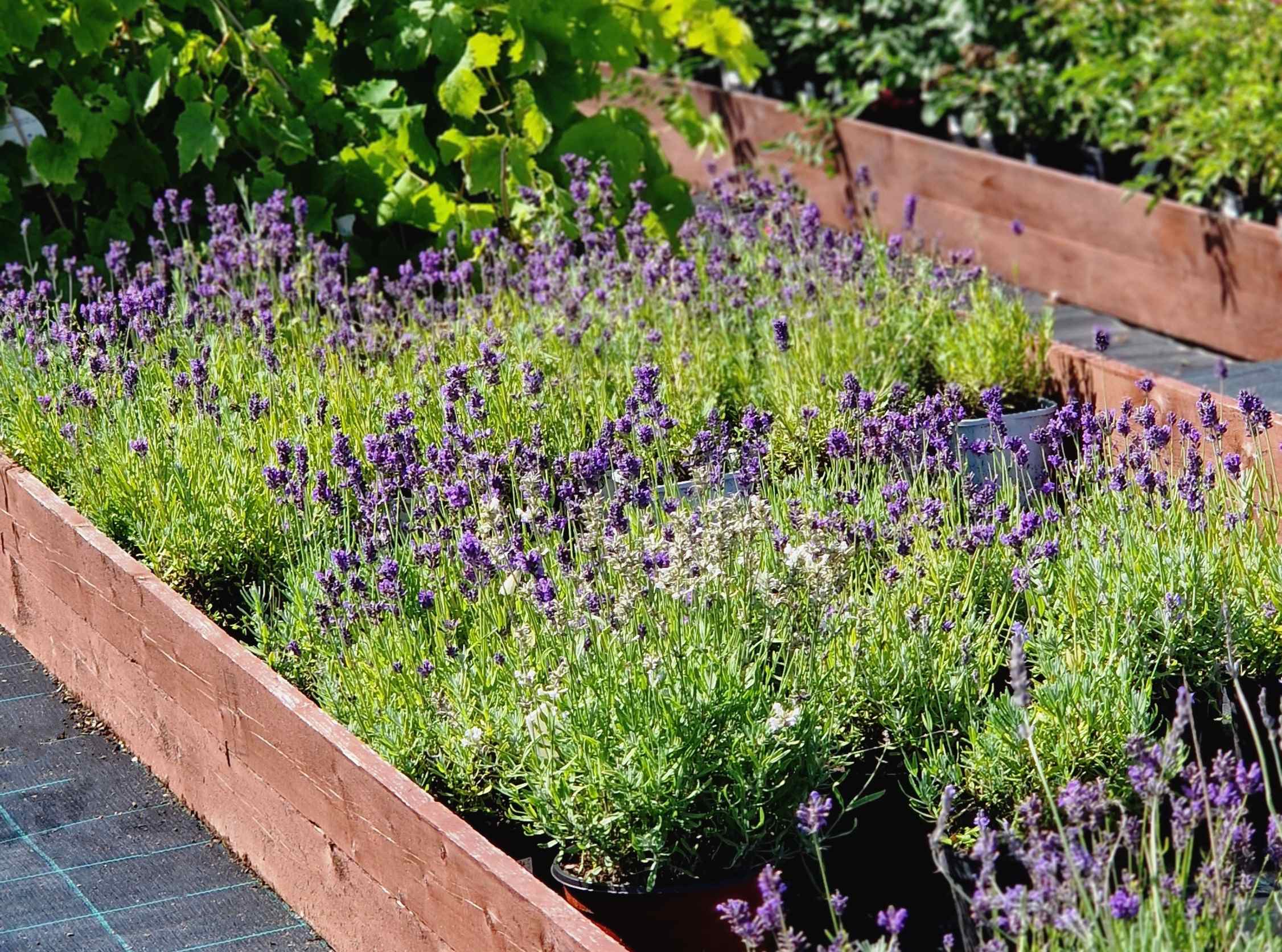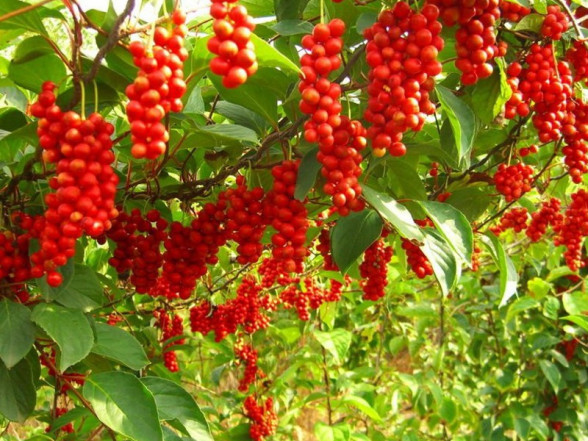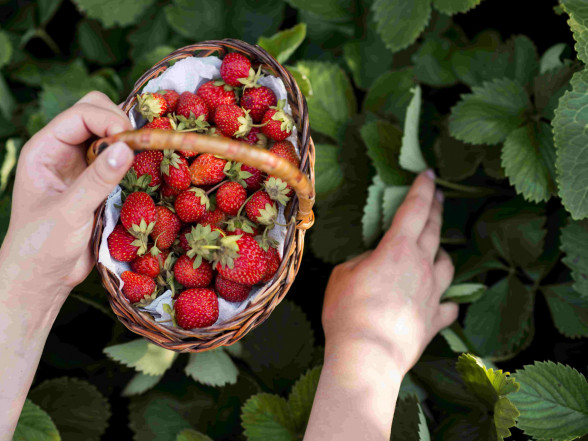Lavenders – the queens of intoxicating fragrance.
We grow quite a few varieties ourselves, but lavender is one of our favorites. At the moment, we have 16 different varieties in our garden. Below is a brief overview of the growing and sales process, as well as answers to the most common questions.
We sell lavender plants in three different ages:
- First-year plants. In recent years, we have been growing them from young seedlings. They are ready to be planted outdoors by mid/late June. They are small and compact, but experience shows that the earlier they are planted, the bushier and stronger the plant will be when it goes into winter. The young plants vary. Some are grown from seeds — these will not flower in the first year, while those grown from cuttings will flower in the first year. However, we do not allow any plants to flower in their first year. We trim the flowers to help the plants conserve energy for overwintering.
- Second-year plants – already grown, overwintered, and guaranteed to bloom.
- Third-year plants – overwintered for two seasons and have reached their full size.
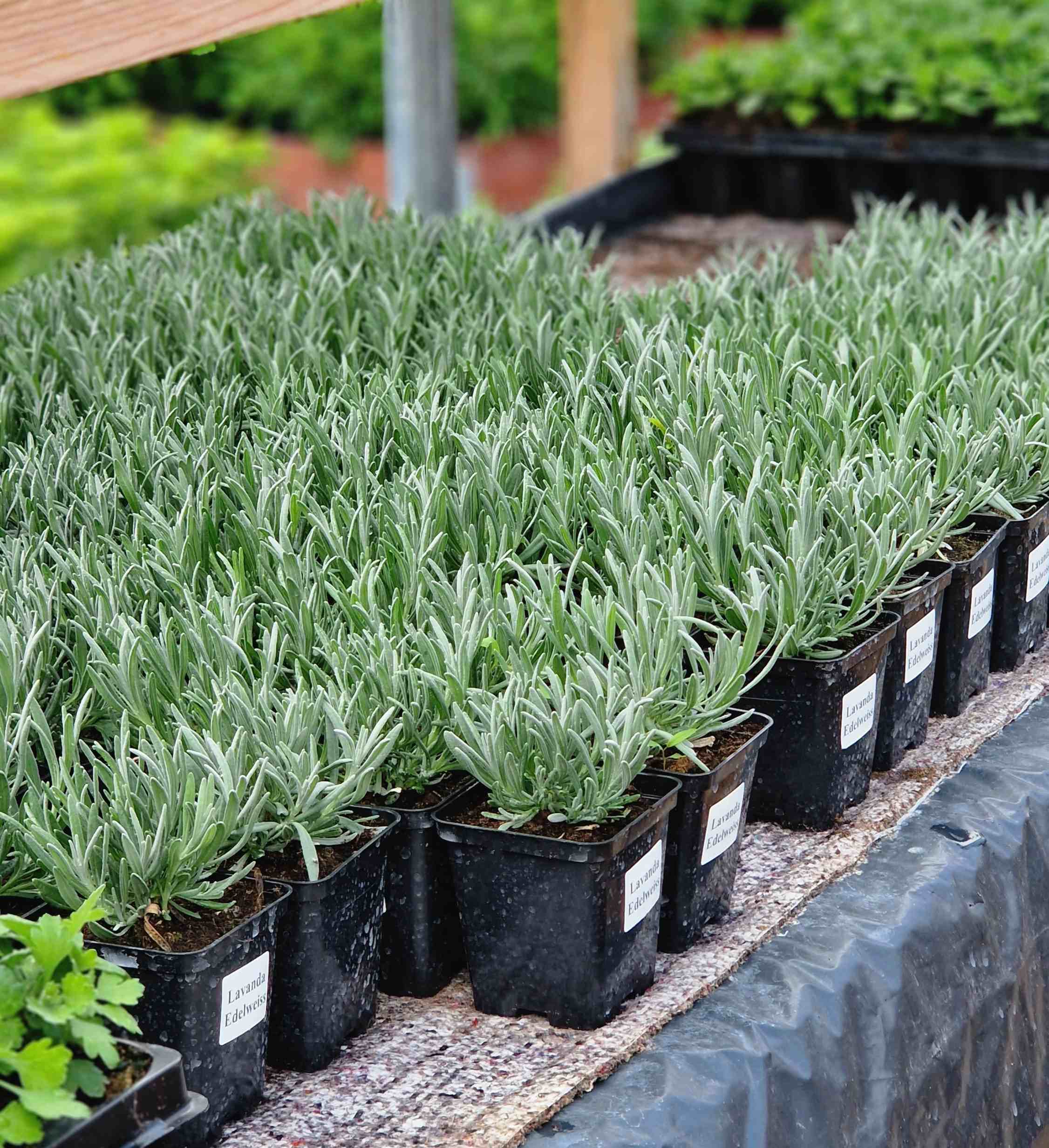
By the way, regarding the height, the measurements on the website are approximate, as lavender’s height can only be measured for the green part, both with and without flower spikes. The website indicates the height of the green part without the flower spikes. We recommend pruning lavender at least once a year, otherwise, the shrub will become sparse in all directions, and the lower part will be leafless. When to do this? We prune in spring, as we believe that unpruned lavender overwinter better. Lavender responds very well to pruning. As a result, the shrub becomes denser and more beautiful.
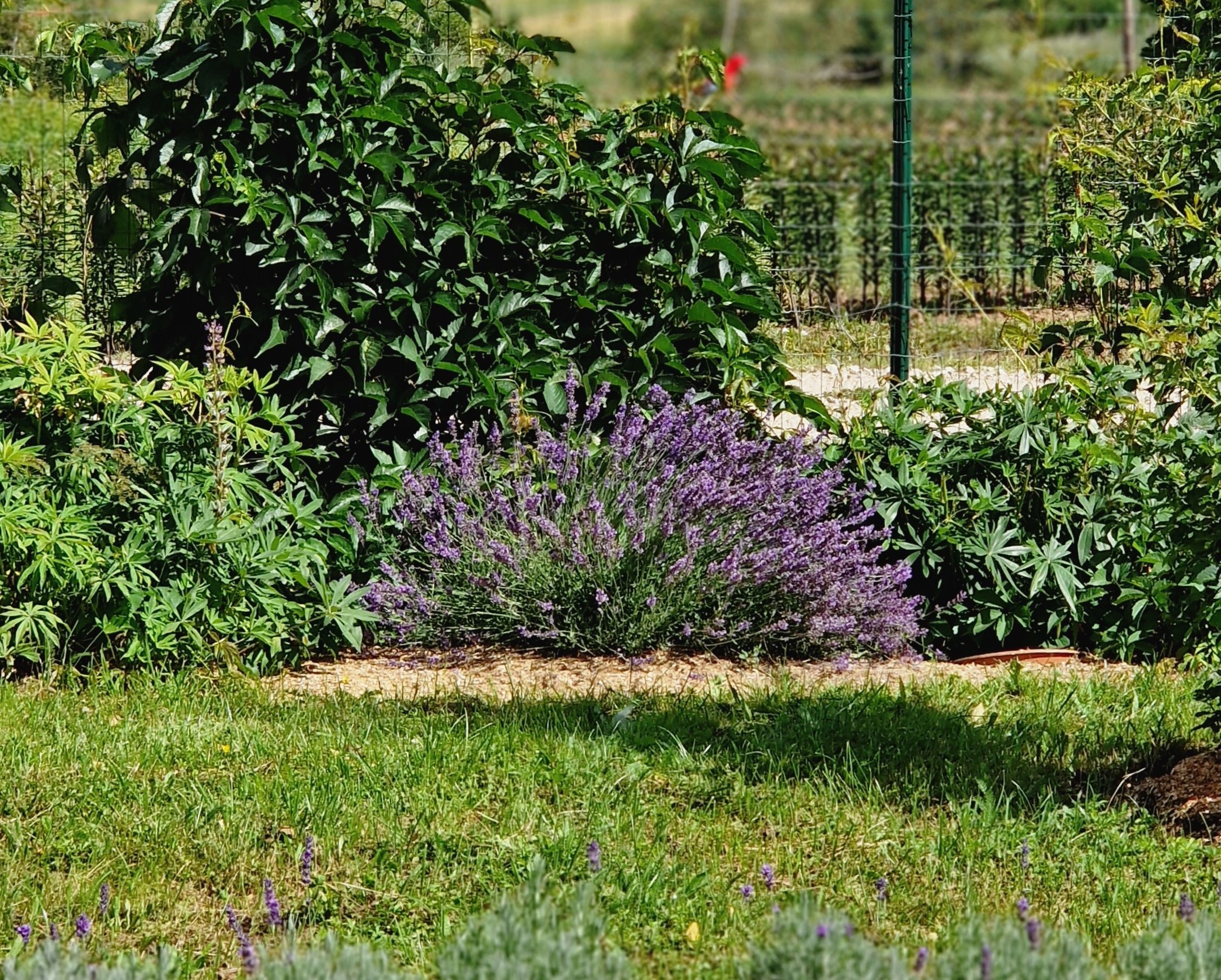
The first questions, of course, are about hardiness, where to plant, and which variety to choose!
1. We have been growing the Hidcote Blue strain and Munstead strain the longest. Both have been grown in different conditions, and honestly, they don’t quite match what’s written on the internet. I would say they are survivors. They thrive in the shade, under trees and shrubs, in the sun, in both wet and dry locations. They grow in clay and loamy soils, and also in peat. I wouldn’t recommend experimenting with acidic peat, but we have successfully grown them in soil with a pH of 5.9. Of course, they feel best in a sunny spot — after all, the homeland of lavender is the Mediterranean region. This was fully confirmed this spring/summer when there was almost no rain for two months. The soil was powdery, yet the lavenders survived. Perhaps the mulch and morning dew helped. Yes, they were a little lower than in clay beds, but think about the duration — two months without rain and watering, so that’s good news — you can take a very long vacation, not worry about watering, and even plant them on the southern side of your house.
2. Avignon Early Blue, Munstead Strain and Ellagance Purple tend to struggle in wet areas, as they are a bit more prone to frost, but otherwise, everything is fine, and many people actually prefer them to be smaller and more compact.
3. Among lavandins (crosses between French and English lavenders), Grosso has been tested for a long time in the neighboring fields. It is a very prolific variety – it can reach a height of 90-100 cm.
4. The lavender variety Rosea, with a long-lasting and good growth, also thrives well and has a lovely pale pink color.
5. All the other varieties we have tested for just one year. They have all overwintered very well in field conditions, but you understand that one year is not a reliable indicator. The only thing I’ve noticed is that the mulched ones wake up earlier and are much greener. We mulch the soil with sawdust, but any other mulching material (such as peat or wood chips) works just as well.
This year, we decided to test the hardiness further and sent a collection for trial to Zosēni and Rūjiena. In Zosēni, there is often still snow when everything has already started to green here. The report will be next year.
The second most popular question is about the color of the lavender. Is it really the same as shown in the picture?
It should be said right away that the color depends on two things – the stage of blooming (beginning, middle, or end) and the photographer’s skill. The same lavender will appear lighter or darker, with more or less intense coloring, depending on its blooming phase. The photographer’s expertise shows when they capture the most intense coloring ?. The blue and purple shades are quite similar, so there’s no need to overthink it. The difference will only be noticeable when you place them all in a row next to each other. Of course, the difference will be clear if the lavender flower is in a pink or white tone. The pink isn’t really "pink" — I would call it a purplish-pink.
The difference is much more noticeable in the size and coloring of the leaves. The leaves can be large or fine, with colors ranging from green to silvery green. The silvery tone in the leaves is characteristic of the varieties Phenomenal, Silver Mist, and all white lavenders.
Of course, the length and shape of the flower spikes also varies, but it’s better to see them in person.
Some of the customers ask for only the fragrant varieties. We reply – all lavenders smell. The scent is not very intense, and sometimes you need to lean in to catch it, but… as soon as you touch any part of the plant, you’ll feel the full bouquet, even the roots have a fragrance. During blooming, lavenders are full of insects; it’s not just bees and hornets that are drawn to the lavender’s scent, everyone nearby comes for a feast. The bushes really buzz.
When is the best time to transplant lavender? For container plants, it’s not crucial. Of course, it’s better to do it earlier, as this allows the lavender to better prepare for the winter. We’ve done it in spring, summer, and early autumn. Meanwhile, our colleague with a similar "hobby" digs up and sends bare-root lavender to customers all summer long. No one has complained. You just need to trim it before transplanting. Customers usually feel sorry to do this, but for us, we want to make sure it establishes well. For bare roots, we do it ourselves and send a little "hedgehog" with roots.
Do lavenders need fertilizing? In everyday home conditions, no one fertilizes lavender. Seeing how its wild relatives grow in the Spanish mountains on pure rocks, it’s clear that they’re not demanding when it comes to nutrients. But… if you have special plans to achieve more greenery, you can experiment. However, the yield must be worth it, as over-fertilizing can affect winter hardiness, so experiment carefully.
Interesting facts about lavender!
1. The word "lavender" comes from the Latin word "lava," which means "to wash." In Italian, "lavanderia" means a laundry. This explains the connection with the plants original use — lavender was added to laundry both during washing and after washing.
2. Lavender oil is still one of the most popular ingredients in perfumes and industrial products. It is often added to soaps, powders, and air fresheners (although, in most cases, synthetic analogs are used), massage oils, and, of course, perfumes.
3. All parts of the plant contain about 1.2% essential oil. You can calculate how much naturally extracted oil costs :), as the process is energy-intensive – boiling and steaming one batch can take several hours, depending on the extraction method.
4. The highest concentration of oil is during the blooming phase, when about 50% of the flowers have opened.
5. Lavender is used as a nerve-calming remedy (a folk remedy – sachets with dried lavender), as a pain reliever for headaches and menstrual pain. (If anyone is interested in studies, let us know – we will send the references.)
6. Lavender is used as a spice in cooking (Italy, France) and as one of the ingredients in tea blends (China).
7. Lavender was also used in the embalming process of Egyptian pharaohs, and its remnants have been found in the tomb of Tutankhamun.
8. There are Lavenders and there are Lavandins. The name and appearance are similar, but when people refer to lavender, they mean the commonly known narrow-leaved lavender (Angustifolia), whereas Lavandins are specially bred hybrids by crossing French lavender with English lavender (Stoechas x Angustifolia) to produce more oil. Lavandins are taller, sterile, and can only be propagated vegetatively. The majority of lavender oil in the world is produced from Lavandins.
9. If you want to create fields like the beautiful ones in Provence, you need to grow them the same way. To achieve more green mass, lavender is hilled up and covered with soil — just like potatoes. The covered parts start to root — creating a larger feeding surface — and the plant itself grows bigger and fuller. By the way, if the weather permits, you can also propagate a particularly valuable lavender variety this way. Hill it up with soil, wait for it to root, then dig it up and divide it into parts.